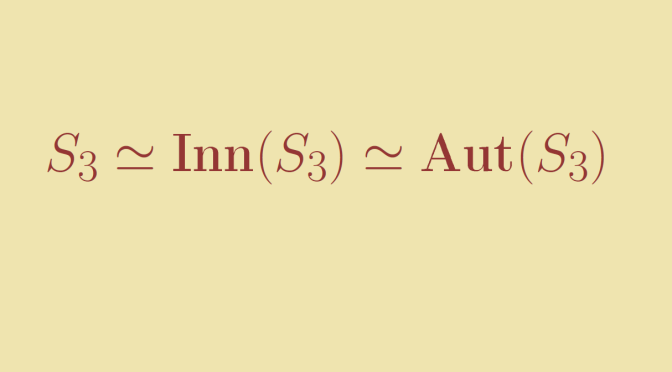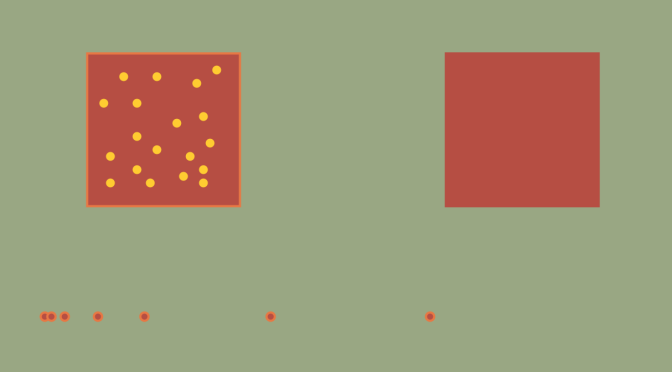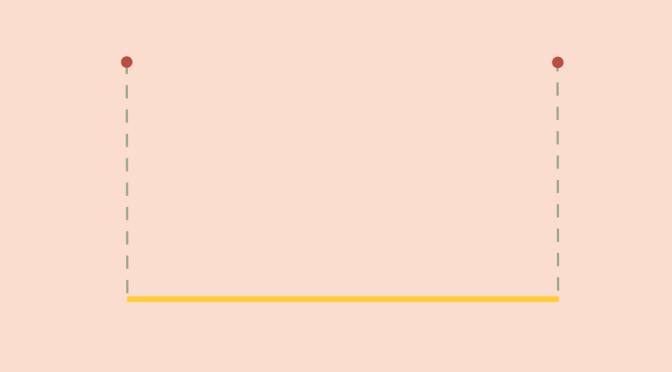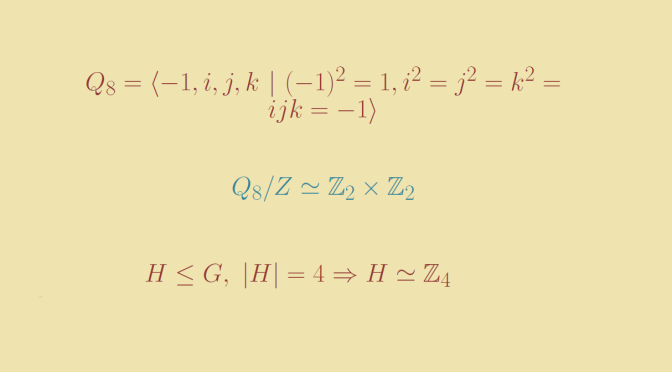We consider a group G and we look at its automorphism group Aut(G). Can G be isomorphic to
Aut(G)? The answer is positive and we’ll prove that it is the case for the symmetric group S3.
Consider the morphism Φ:S3⟶Aut(S3)a⟼φa
where φa is the inner automorphism φa:x↦a−1xa. It is easy to verify that Φ is indeed a group morphism. The kernel of Φ is the center of S3 which is having the identity for only element. Hence Φ is one-to-one and S3≃Φ(S3). Therefore it is sufficient to prove that Φ is onto. As |S3|=6, we’ll be finished if we prove that |Aut(S3)|=6.
Generally, for G1,G2 groups and f:G1→G2 a one-to-one group morphism, the image of an element x of order k is an element f(x) having the same order k. So for φ∈Aut(S3) the image of a transposition is a transposition. As the transpositions {(1 2),(1 3),(2 3)} generate (S3), φ is completely defined by {φ((1 2)),φ((1 3)),φ((2 3))}. We have 3 choices to define the image of (1 2) under φ and then 2 choices for the image of (1 3) under φ. The image of (2 3) under φ is the remaining transposition.
Finally, we have proven that |Aut(S3)|=6 as desired and S3≃Aut(S3).




